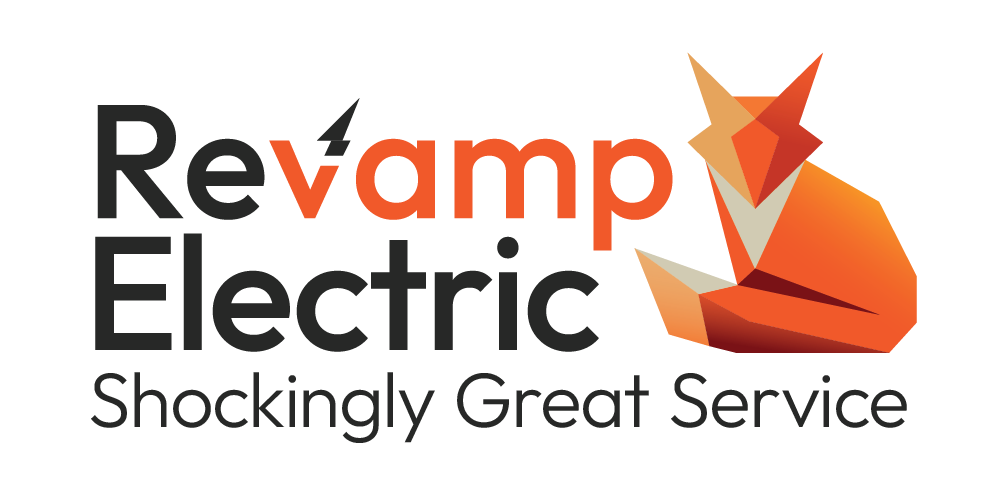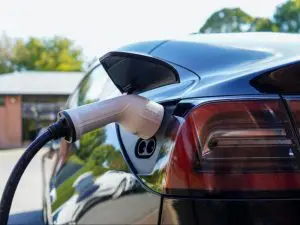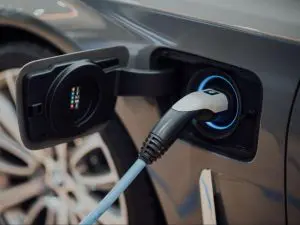So, you’ve decided to go electric. Congratulations! Whether it’s the environmental benefits, long-term cost savings, or the thrill of driving a modern electric vehicle (EV), you’re in good company. Now comes the next step—figuring out how to charge it conveniently. Installing a home EV charger is a game-changer, but before diving in, there are some key considerations to keep in mind. Here are the top five things to think about before making the leap.
Assess Your Power Needs
Picture this: You’ve just installed your shiny new EV charger, but when you plug it in, your house lights flicker, and the circuit breaker trips. It’s frustrating and inconvenient. That’s why understanding your home’s electrical capacity is step one.
Most homes are equipped with a 100-amp electrical panel, but charging an EV can demand significant power. Depending on the charger’s level, you may need to upgrade to a 200-amp panel or higher. Consult with a licensed electrician to evaluate your home’s electrical system. They’ll determine if it can handle the additional load or if upgrades are necessary.
Also, consider the charger’s level. Level 1 chargers use a standard 120-volt outlet and are slower, often taking up to 24 hours for a full charge. Level 2 chargers, which operate on a 240-volt outlet, are much faster, typically charging an EV in 4-8 hours. While Level 2 chargers are more efficient, they may require an electrical upgrade.
Choose the Right Charger for Your EV
Imagine spending hundreds of dollars on a charger only to find out it’s not compatible with your EV. Different EVs have varying charging requirements, so selecting the right charger is crucial.
Our friends at EV Plug Pros suggest it is best to first, check your EV’s charging capacity. Does it support Level 1, Level 2, or even DC fast charging? Most EV owners opt for Level 2 chargers for their balance of speed and cost-effectiveness. However, not all chargers are created equal. Some models include smart features like Wi-Fi connectivity, energy usage tracking, or scheduled charging, which can save you money during off-peak hours.
Research the options available and consult your EV’s manual to ensure compatibility. Investing in a quality charger that meets your car’s requirements and future-proofing for potential upgrades is a wise move.
Location, Location, Location
Where you install your charger can make all the difference in convenience and cost. Think about this: Would you rather spend extra money running electrical wiring across your property or strategically position the charger near your electrical panel?
Choosing the right spot involves balancing practicality and feasibility. Most EV owners install their chargers in a garage or driveway where their car is parked overnight. If that’s not an option, outdoor installations are possible but may require weatherproof equipment.
Work with your electrician to identify the most cost-effective and accessible location. Consider how the charger’s cable will reach your car, ensuring it’s long enough without being a tripping hazard. If you’re planning to add more EVs to your household in the future, think about a location that can accommodate additional chargers.
Understand Local Permits and Incentives
Did you know that installing an EV charger may require a permit? Skipping this step could lead to fines or complications down the road. Local building codes often mandate inspections to ensure the charger is installed safely and complies with electrical standards.
On the bright side, many governments and utility companies offer incentives for installing home EV chargers. From federal tax credits to state rebates and reduced electricity rates for EV owners, these benefits can significantly offset the installation cost. Some programs even provide free or discounted chargers.
Research your local regulations and incentives before starting the installation. A licensed electrician can often help navigate the permitting process and ensure your project qualifies for applicable rebates.
Plan for the Future
Think of your EV charger as an investment, not just for today but for years to come. What happens if you buy a second EV or upgrade to a model with faster charging capabilities? Planning ahead can save you money and headaches later.
Consider installing a charger with higher amperage or dual ports if you anticipate adding another EV to your household. Future-proofing also means accounting for advancements in charging technology. Some chargers are designed to receive over-the-air updates, ensuring they stay compatible with new EV models.
Additionally, think about your property’s long-term value. A well-installed EV charger can make your home more appealing to future buyers as electric vehicles become more mainstream.
Conclusion
Installing a home EV charger is a smart and convenient step toward embracing the future of transportation. By considering your power needs, choosing the right charger, finding the best location, understanding permits and incentives, and planning for the future, you can ensure a smooth and efficient installation process.
Remember, you don’t have to navigate this journey alone. Partner with a licensed electrician and leverage local resources to make the most of your investment. With the right planning, your home EV charger will provide years of hassle-free charging and help you get the most out of your electric vehicle.



